
Frascati, Rome, 10th of April 2025 – The European Space Agency (ESA) was proud to be kicking off the 1st edition of ‘Climate Conversations’ from the Green Climate Fund (GCF) last week. Over 100 GCF staff joined the engaging event to explore how Earth Observation (EO) technologies can drive real-world impact in climate change adaptation. Hosted at GCF headquarters in Songdo, Republic of Korea, and streamed online, the session featured ESA representatives Alex Chunet and Anika Ruess from ESA’s Global Development Assistance (GDA) programme.
Their talk, “Unlocking the Power of Earth Observation Technology for Climate Change Adaptation”, showcased how EO tools are already being operationlised and are transforming adaptation planning, by boosting decision-making, building institutional capacity, and enhancing the long-term impact of climate finance investments.
Drawing on ESA’s GDA ongoing collaborations with International Financial Institutions (IFIs), the ESA representatives guided cutting-edge satellite capabilities , shared real-world case studies from ESA’s GDA ecosystem, and introduced them to tailored support services available for their various teams as well as for the GCF Accredited Entities, at both strategic and implementation levels.
Notably, the webinar coincides with the recent launch of ESA’s new GDA Climate Adaptation and Finance (CA&F) activity, designed to support the operations of Financial Intermediary Funds (FIF), i.e. the global climate funds, through EO technology. The webinar included a brief introductory session on the activity, featuring two of the collaborating EO experts: the lead organization, ARGANS, and the consortium partner, Caribou Space. As the twelfth and final thematic stream under ESA’s GDA, The CA&F initiative is designed to enable project-level integration of EO insights across four key adaptation sectors:
- Agriculture & Food Security: Satellites such as Sentinel-2 and Sentinel-1 offer near real-time monitoring of crop conditions, seasonal changes, and drought impact. This supports climate-smart agriculture and early warning systems for food insecurity.
- Urban Sustainability & Nature-Based Solutions (NBS): High-resolution EO data can track urban heat islands, assess land-use change, and guide the design and monitoring of green infrastructure. ESA’s urban mapping products help integrate NBS into city planning for heat mitigation and flood risk reduction.
- Water Resources: EO technologies provide invaluable data on rainfall variability, surface water dynamics, and groundwater trends. Instruments like SMOS (Soil Moisture and Ocean Salinity) and Copernicus services support more resilient water governance and transboundary water management.
- Forestry: Satellites enable deforestation tracking, forest degradation assessments, and biomass estimation – sustainable land management practices.
To explore the kick-off of this new ESA initiative and learn which EO experts are teaming up for EO support to FIFs, read our online blog here.
The hybrid webinar also served as a call to action for deeper technical exchange and collaboration through the ESA GDA CA&F framework.
What’s Next?
- Deeper technical collaboration with GCF teams & ESA
- More tailored EO tools and data services for project design & implementation of Accredited Entities
- ESA’s GDA resources now available via the new GDA CA&F activity
“Earth Observation technologies and data platforms are a vital resource for climate adaptation planning, implementation and monitoring. The ESA Global Development Asssistance programme offers crucial capacity-building and decision-making tools which are valuable to our country partners as they seek transformational adaptation pathways”
– Kevin Horsburgh, Climate Science Lead at the Green Climate Fund (GCF)
The collaborative initiatives between ESA and GCF reflect a shared ambition: to increase awareness and scale the use of data & space-based innovation to shape sustainable, adaptive futures worldwide – powered by the tools already orbiting right above us.



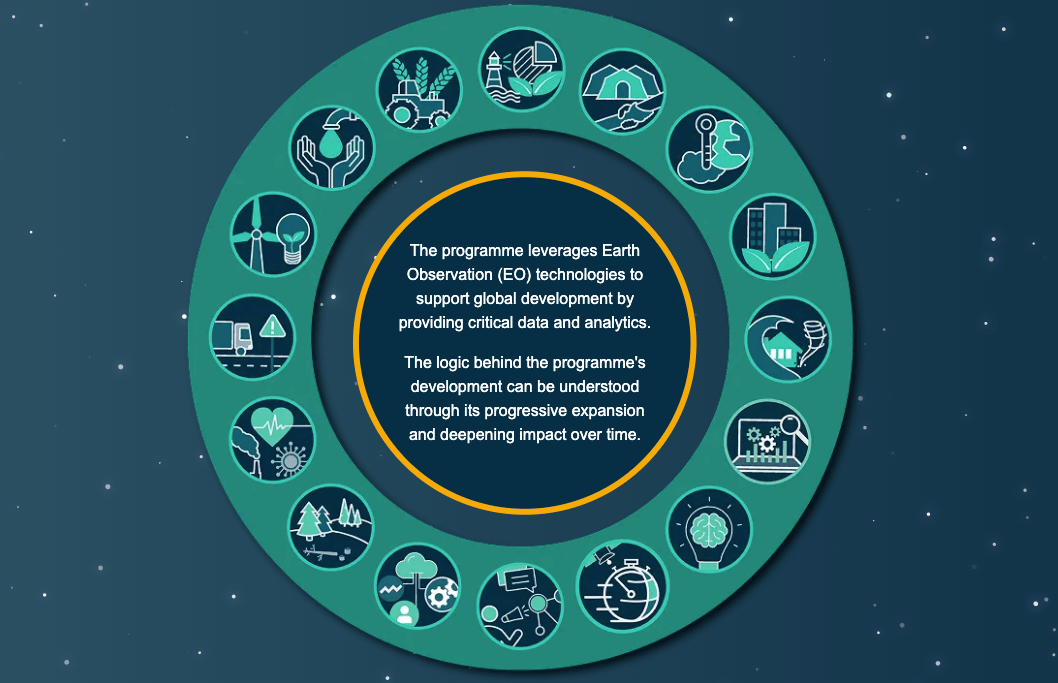



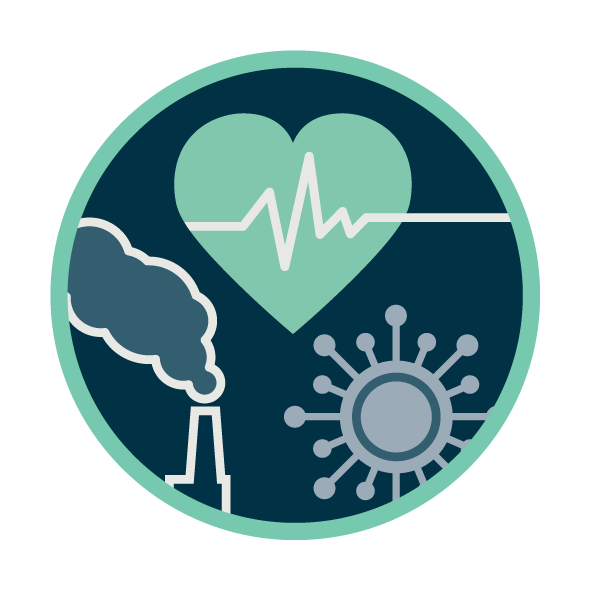

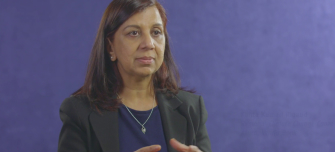
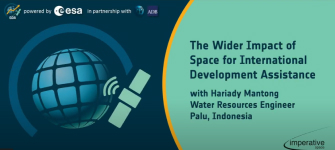




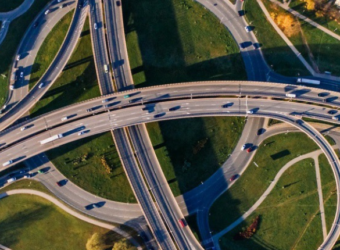
![[VIDEO] Earth Observation for Climate Resilient Flood Management in South Sudan](https://gda.esa.int/wp-content/uploads/2023/11/Earth-Observation-for-Climate-Resilient-Flood-Management-2-340x250.jpg)